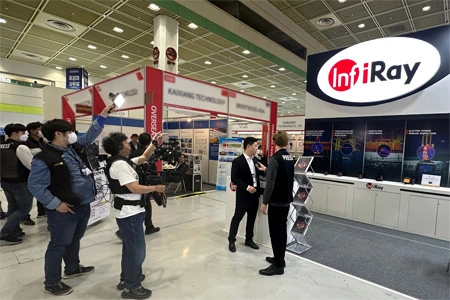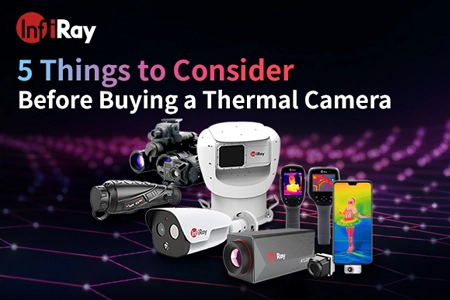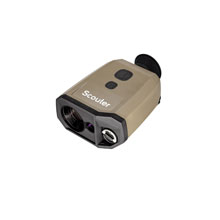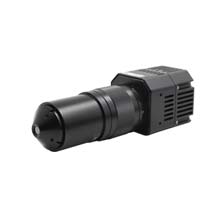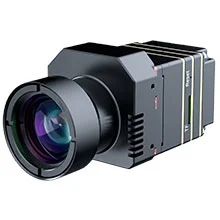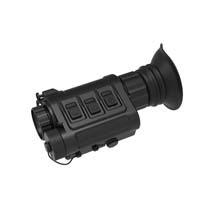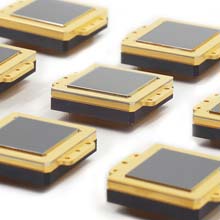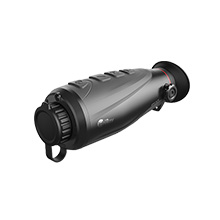Deep Insight: Can Thermal Cameras Detect Gas Leaks?
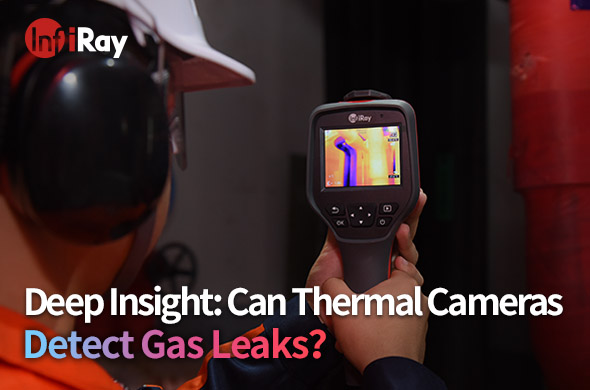
In our ever-evolving world, ensuring the safety of our surroundings is paramount, especially when it comes to potential gas leaks. Traditional methods of detection have their limitations, but emerging technologies offer promising alternatives. One such innovation gaining prominence is the use of thermal cameras. This article delves into the deep insights of whether thermal imaging cameras can indeed detect gas leaks and explores their effectiveness in enhancing safety protocols.
How Thermal Cameras Work
Thermal imaging cameras operate on the principles of infrared technology, capturing the heat signatures emitted by objects. Unlike visible light cameras, thermal cameras can detect heat variations in their field of view. This unique capability makes them well-suited for identifying gas leaks, as escaping gases often alter the surrounding temperature.
The infrared spectrum enables thermal imagers to visualize gases that are invisible to the naked eye. This includes methane, propane, and other common gases associated with leaks. The ability to "see" heat rather than relying on visible signs revolutionizes the way we approach gas leak detection.
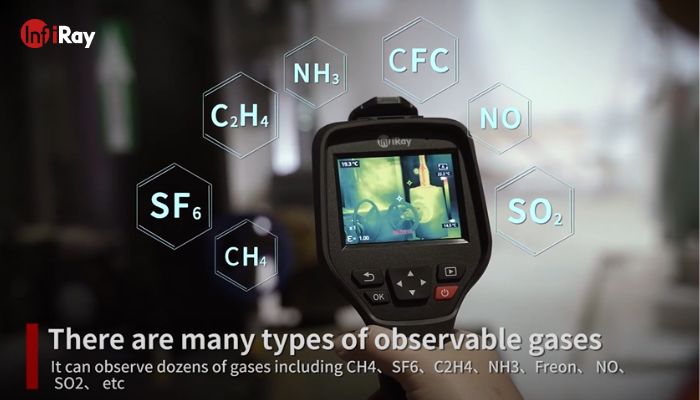
Advantages of Using Thermal Cameras for Gas Leak Detection
The adoption of thermal imaging cameras for gas leak detection brings forth several advantages:
Quick and Efficient Identification: Thermal cameras can rapidly identify gas leaks, allowing for swift response and preventive measures. This speed is crucial in averting potential disasters and minimizing the impact of leaks.
Non-Intrusive Nature: Unlike traditional methods that may require physical contact or proximity to the gas source, thermal imaging cameras operate from a distance. This non-intrusive nature ensures the safety of personnel during detection processes.
Cost-Effectiveness and Long-Term Benefits: While the initial investment in thermal imaging might seem substantial, the long-term benefits outweigh the costs. Their ability to detect leaks early on can prevent significant damage, making them a cost-effective solution in the grand scheme of safety management.
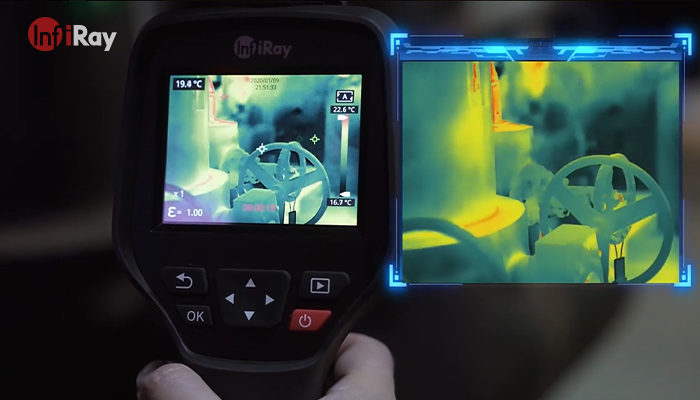
Considerations and Challenges
While thermal cameras offer promising solutions, several factors influence their effectiveness. Environmental conditions, such as extreme temperatures or weather variations, can impact thermal imaging. Additionally, the type of gas and its concentration levels may affect the camera's ability to detect leaks accurately. It's crucial to consider these factors and implement complementary detection methods for comprehensive safety measures.
Integration with Advanced Technologies
The future of gas leak detection lies in the integration of thermal cameras with advanced technologies. Combining thermal imaging with artificial intelligence and data analytics enhances the accuracy of leak identification. Ongoing research focuses on refining these integrations to create more robust and reliable safety systems.
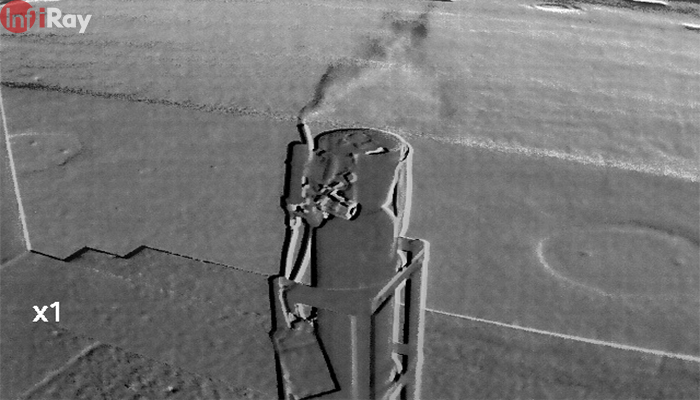
Best Practices for Using Thermal Cameras in Gas Leak Detection
Optimizing the use of thermal cameras involves adhering to best practices. Proper camera placement, regular maintenance, and calibration are essential for ensuring consistent and reliable performance. Training personnel on the nuances of thermal imaging technology is equally crucial for effective gas leak detection.
Future Prospects and Innovations
As technology continues to advance, so does the potential for innovation in gas leak detection. Emerging trends in thermal imaging technology hint at even more precise and efficient methods for identifying leaks. Continued research and development will likely yield breakthroughs that further enhance safety measures across various industries.
The deep insight into the capabilities of thermal imaging cameras for gas leak detection reveals a promising future. The combination of advanced technology, real-world success stories, and ongoing innovations positions thermal cameras as invaluable tools in ensuring the safety of our environments.

 français
français  Deutsch
Deutsch  Español
Español  italiano
italiano  русский
русский  português
português  العربية
العربية  日本語
日本語  한국어
한국어  magyar
magyar 






